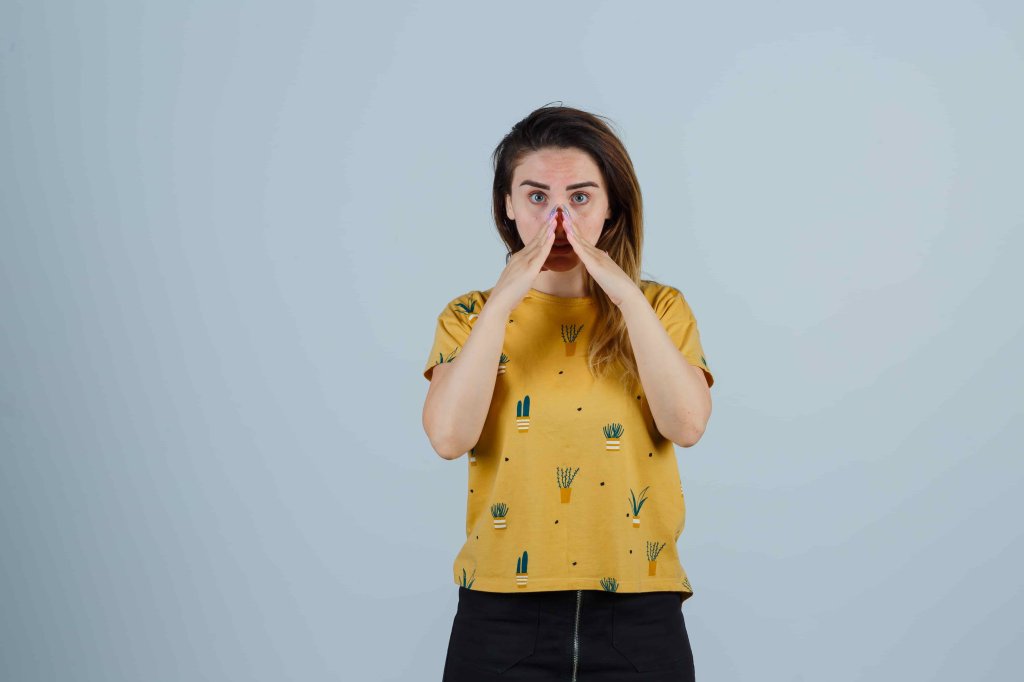Reducing migraine attacks with 7 effective methods is crucial for improving the quality of life for those who suffer from migraines and managing this debilitating condition. Migraine is a chronic condition often characterized by severe headaches, nausea, sensitivity to light and sound, and more. However, lifestyle changes and certain preventive measures can help reduce the frequency and severity of migraine attacks. In this article, we will explore the seven most effective ways to reduce migraine attacks.
What is Migraine?
Migraine usually starts as a throbbing pain on one side of the head and can last from a few hours to several days. Beyond the headache, migraines are characterized by other symptoms such as nausea, vomiting, and sensitivity to light and sound. Each migraine attack can vary in intensity and duration.
Migraine is associated with chemical imbalances in the brain and neurological changes. Various triggers, such as stress, hormonal changes, certain foods, and sleep disturbances, can lead to the onset of migraine attacks.
When Are These Methods Used? Various methods to reduce migraine attacks are applied to decrease the frequency and intensity of migraine attacks. These methods are usually preferred in the following situations:
Frequent Migraine Attacks: These methods can be applied to reduce the frequency and severity of attacks in people who experience migraines several times a month.
Avoiding Dependency on Medications: Suitable for individuals who wish to reduce their reliance on migraine medications and manage migraines through more natural means.
Improving Quality of Life: In cases where migraine attacks significantly affect quality of life, these methods can help patients live more comfortably.
How to Implement These Methods?
Here are seven effective methods you can apply to reduce migraine attacks:
1. Stress Management Stress is one of the most common factors that trigger migraine attacks. Yoga, meditation, deep breathing exercises, and regular physical activity can be effective in managing stress. By controlling stress, you can reduce the frequency of migraine attacks.
2. Regular Sleep Patterns Irregular sleep is one of the leading causes of migraine attacks. Going to bed and waking up at the same time every day and getting enough sleep can help prevent migraine attacks. Paying attention to sleep hygiene can reduce the intensity of the attacks.
3. Balanced Diet Certain foods (e.g., chocolate, cheese, processed meats) may trigger migraines. Avoiding such foods and maintaining a balanced diet can contribute to reducing migraine attacks. Drinking plenty of water is also an important factor.
4. Regular Exercise Moderate exercise can reduce migraine attacks. Regular walking, swimming, or light aerobic exercises improve circulation and can help prevent migraine attacks. However, excessive exercise should be avoided as it can sometimes trigger migraines.
5. Limiting Caffeine Intake Caffeine can trigger migraines in some people while alleviating pain in others. Keeping your caffeine intake balanced can help manage migraine attacks. It’s important to avoid or limit caffeinated drinks.
6. Importance of Hydration Adequate fluid intake plays a critical role in preventing migraines. Dehydration can trigger migraine attacks. Keeping your body hydrated by drinking at least 8 glasses of water a day can reduce the frequency of migraine attacks.
7. Non-Pharmacological Treatments Non-drug treatment methods such as biofeedback, acupuncture, and massage can be effective in reducing migraine attacks. These methods contribute to the prevention of migraine attacks by balancing the nervous system.
Costs
The cost of methods used to reduce migraine attacks may vary depending on the chosen treatment method and personal preferences. For example, treatments such as biofeedback or acupuncture may require a specific budget. However, methods like regular exercise, stress management, and balanced diet are generally low-cost or free.
The cost of medications used in migraine treatment also varies depending on the type of medication and the extent of health insurance coverage. For those who prefer non-drug methods, the expenses are generally lower, but the effectiveness of these methods may vary from person to person.
Frequently Asked Questions (FAQ)
Is it possible to completely cure migraines?
Migraine is a chronic condition that cannot be completely cured, but the frequency and severity of attacks can be managed.
What foods can trigger migraines?
Certain foods like chocolate, cheese, processed meats, alcohol, and caffeine can trigger migraines. Triggers vary from person to person.
How does stress affect migraines?
Stress is one of the most common triggers of migraine attacks. Stress management techniques can help keep migraines under control.
Are non-drug treatments effective in preventing migraines?
Non-drug treatments such as biofeedback, acupuncture, and massage can be effective in preventing migraine attacks for some individuals.
How often should I exercise to prevent migraines?
Moderate exercise can reduce migraine attacks. It is recommended to exercise at least 3-4 days a week for 30 minutes.
The 7 ways to reduce migraine attacks offer effective and applicable methods for those who want to manage migraines. By integrating these methods into your life, you can reduce the frequency and severity of migraine attacks and improve your quality of life. However, each individual's migraine triggers and responses to treatment methods are different. Therefore, it is important to work with your doctor to create a personalized treatment plan to achieve the best results.




